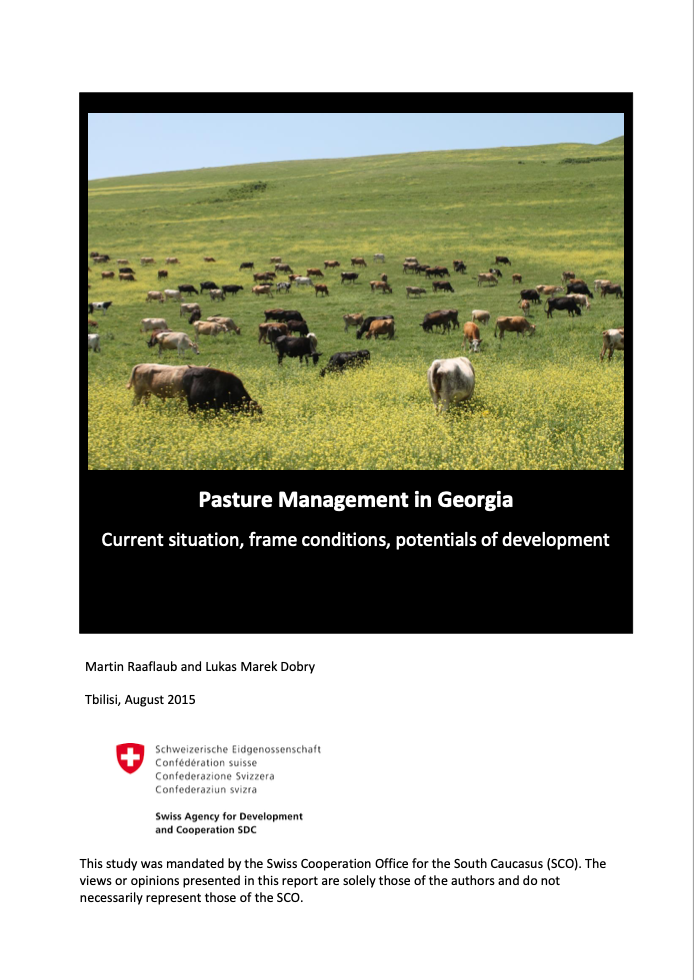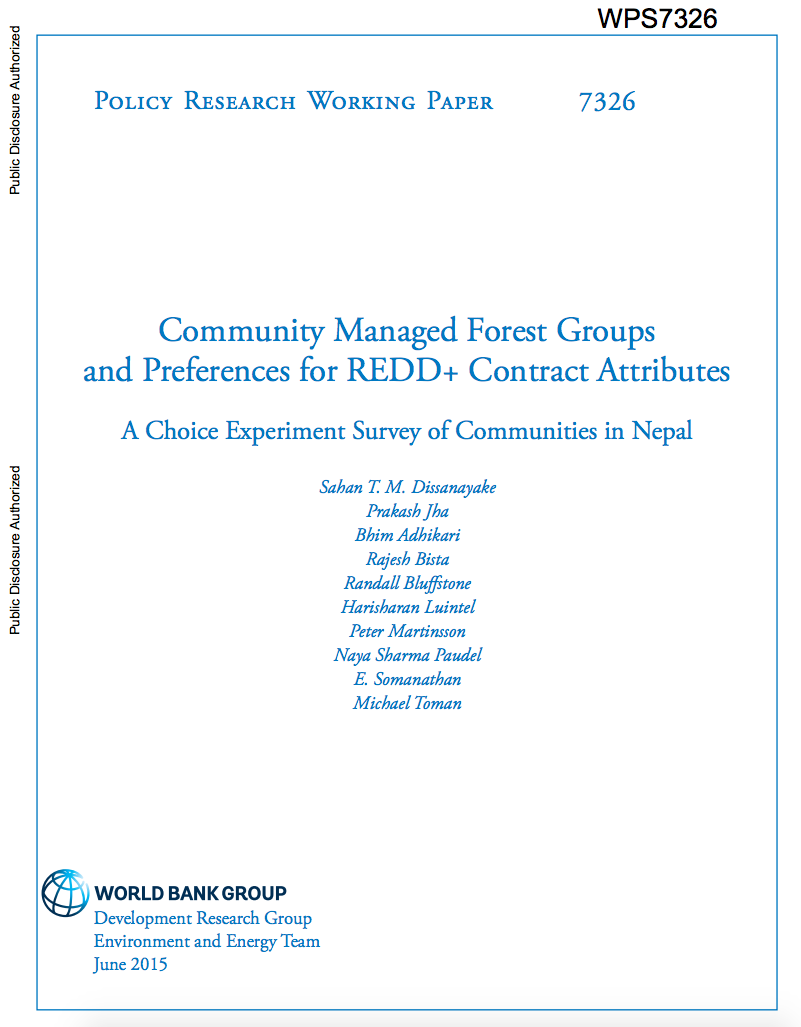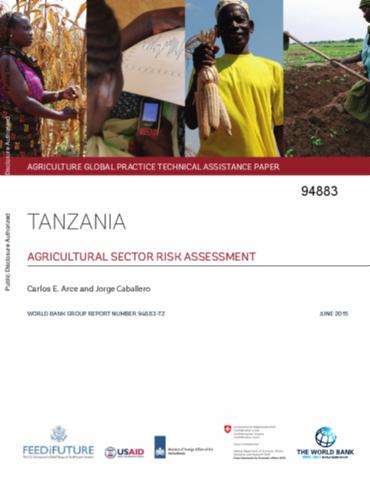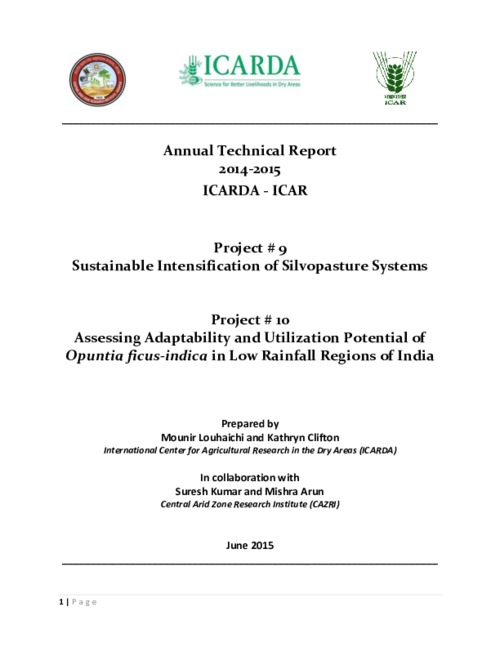Technical considerations for Forest Reference Emission Level and/or Forest Reference Level construction for REDD+ under the UNFCCC
The aim of this document is to help countries seeking to develop a REDD+ Forest Reference Emission Level and/or Forest Reference Level (FREL/FRL) under the UNFCCC. The document provides a structural overview of UNFCCC requirements for FREL/FRL construction, summarizing UNFCCC guidance and translating it into elements needed for FREL/FRL construction. A description of possible advantages and risks associated with different options for each of these elements is added to provide some practical considerations to FREL/FRL construction.









